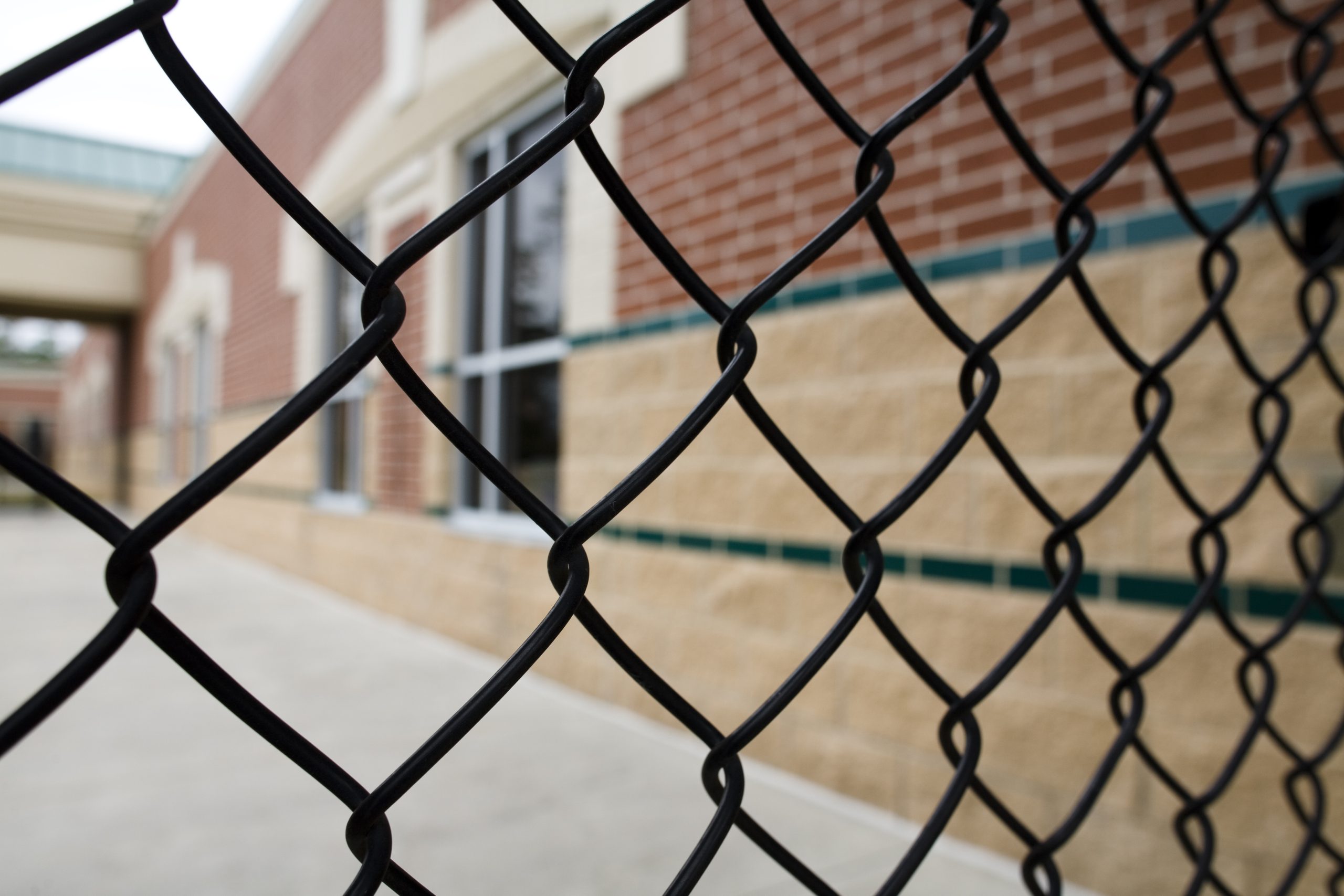More than a quarter of charter schools close within the first five years of operation, according to a recent report by the National Center for Charter School Accountability that examined charter school closures from 1998 to 2022. By year 20, the rate reaches 55 percent.
More than 1 million students were attending a charter school when it closed, stated the report, which included data from more than 2 million U.S. Department of Education records.
“Many closures — four in 10 — occurred without sufficient warning, with schools closing mid-year or abruptly before the new school year began,” wrote the report’s author, research analyst Ryan Pfleger. “We found commonalities in the reasons why charter schools close. One reason was repeatedly cited: the school failed to attract and retain enough students. Insufficient enrollment was the most frequently given reason charter schools closed, accounting for 47 percent of all closures.”
Pfleger noted that this trend is likely to accelerate due to lower K-12 enrollment nationwide as a result of declining birthrates, as well as the increase in states offering voucher programs that predominantly fund students transferring to private schools.
Key findings
Declines in charter enrollment were often exacerbated by issues including financial stress and low academic achievement, according to the report, which found that “low enrollment pushed some schools to submit fraudulent enrollment figures. Outright thievery, teachers without credentials, and incompetent financial governance also contributed to the drop in enrollment.”
In addition to low enrollment, common factors that lead to closures included fraud and/or mismanagement, which accounted for 13 percent of closures from 1999–2022. This was the case for over 21 percent of the 2022–24 school closure reports reviewed for the report.
In some states, lenient charter laws allow boards that govern charter schools the opportunity to award no-bid contracts to friends and relatives or even to fellow board members. And because voters do not oversee or elect charter boards, “it becomes easy for board members to appoint cronies and lax supervision to occur,” the report states.
Pfleger found that while most states allow charter schools to be run by for-profit operators, those with the largest share — Arizona, Florida, Michigan and Ohio — have some of the highest charter school failure rates. Eight states have closure rates that exceed 45 percent. California, which does not allow for-profit charters, is among nine states that have a closure rate of between 30 and 34 percent.
Not all school closures are the result of self-dealing, however. The report found 10 percent are the result of incompetence and poor decision-making. “Even those with the best intentions do not always have the skill set to run an organization as complex as a school competently,” according to Pfleger.
The majority of closures, 64.5 percent, were decided by the boards that run the schools, often in anticipation that the charter would not be renewed due to failure to meet academic goals, or as a result of insufficient enrollment.
“Voluntary closures are more likely to be abrupt (45 percent), which is especially disturbing because, in many cases, enrollment slides and financial problems were not sudden at all,” the report stated.
Involuntary charter closures — those decided by a state charter board, district board or other authorizing board — comprised 35.5 percent of the closures studied. These closures were usually phased in for the next school year, according to the report.
“In the case of charter schools that were abruptly shut down, conditions were so bad, or there was such malfeasance, the authorizer felt that students were put at risk if the charter school was allowed to operate until the end of the school year,” Pfleger wrote. “In other cases, abrupt involuntary closures occur when the charter operator refuses to accept the decision of its authorizer, even after appeal.”
Recommendations
The report concludes with several recommendations, including:
- Establishing hard caps on charter growth. States with a strong charter cap in place, regardless of how long it had charter schools or what proportion of its students attended them, had failure rates below 30 percent.
- Identifying the factors associated with charter failures in the first three years and using those findings to inform the charter authorization process.
- Including K-12 demographic projections in the charter authorization review process. “New charter schools should not be opened if local enrollment is falling and a sufficient number of public and charter schools exist to serve students,” the report states. “School districts do not open a new school when enrollment is projected to decrease. The same should be true when it comes to charter schools.”
- State education departments should thoroughly investigate and analyze acts of gross mismanagement and fraud, especially those that result in school closings. Such research could result in policy decisions that reduce such instances, reducing charter closures.





